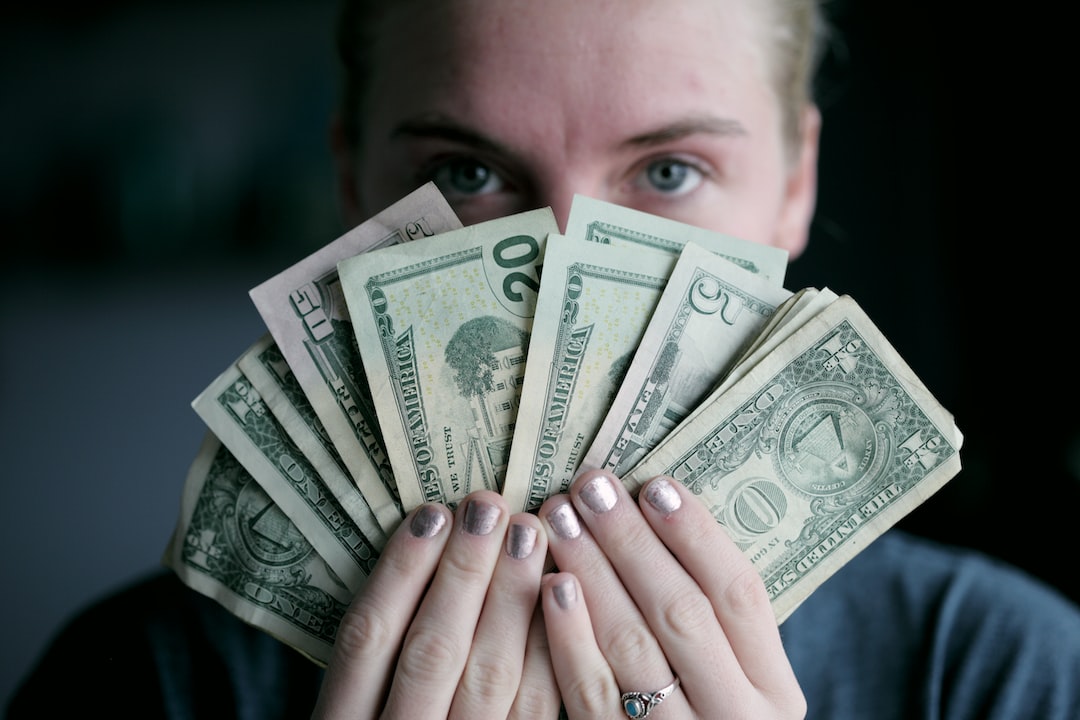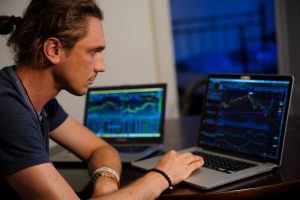The forex market is a decentralized marketplace where currencies are traded 24 hours a day, 5 days a week. This means that there is no set time that the forex market opens or closes, as it is constantly active. However, there are certain times when the market is more active and volatile, which can present opportunities for traders to make profits.
The forex market is divided into different trading sessions, based on the geographical location of the major financial centers around the world. The three main trading sessions are the Asian session, the European session, and the North American session.
The Asian session starts at 10:00 PM GMT on Sunday and ends at 9:00 AM GMT on Monday. This session is dominated by the Japanese yen, and trading activity is usually lower than during the other two sessions. However, there are some important economic releases that can impact the market during this time, such as the Tankan survey and the Chinese PMI data.
The European session starts at 7:00 AM GMT and ends at 4:00 PM GMT. This session is the most active and volatile, as it covers the opening hours of the major financial centers in Europe, including London, Frankfurt, and Paris. The euro is the most traded currency during this session, but other major currencies such as the British pound and the Swiss franc also see significant trading activity.
The North American session starts at 12:00 PM GMT and ends at 9:00 PM GMT. This session covers the opening hours of the major financial centers in North America, including New York and Toronto. The US dollar is the most traded currency during this session, but other major currencies such as the Canadian dollar and the Mexican peso also see significant trading activity.
It is important to note that the forex market is always open, even during weekends and holidays. However, trading activity is usually lower during these times, as many traders and financial institutions are closed. This can lead to lower liquidity and wider spreads, which can make it more difficult to execute trades at favorable prices.
In addition to the three main trading sessions, there are also overlapping periods when two sessions are active at the same time. These overlap periods can present opportunities for traders to take advantage of increased volatility and trading activity.
The first overlap period occurs between the end of the Asian session and the start of the European session, from 7:00 AM GMT to 9:00 AM GMT. This period is known as the European-Asian overlap, and it is usually the quietest of the overlapping periods.
The second overlap period occurs between the end of the European session and the start of the North American session, from 12:00 PM GMT to 4:00 PM GMT. This period is known as the European-North American overlap, and it is usually the most active and volatile of the overlapping periods.
The third overlap period occurs between the end of the North American session and the start of the Asian session, from 10:00 PM GMT to 12:00 AM GMT. This period is known as the North American-Asian overlap, and it is usually the second most active and volatile of the overlapping periods.
In conclusion, the forex market is always open, but trading activity and volatility vary depending on the geographical location of the major financial centers. Traders should be aware of the different trading sessions and overlapping periods, as they can present opportunities to make profits. It is also important to consider the impact of economic releases and other market events, as they can significantly impact the market and create trading opportunities.






